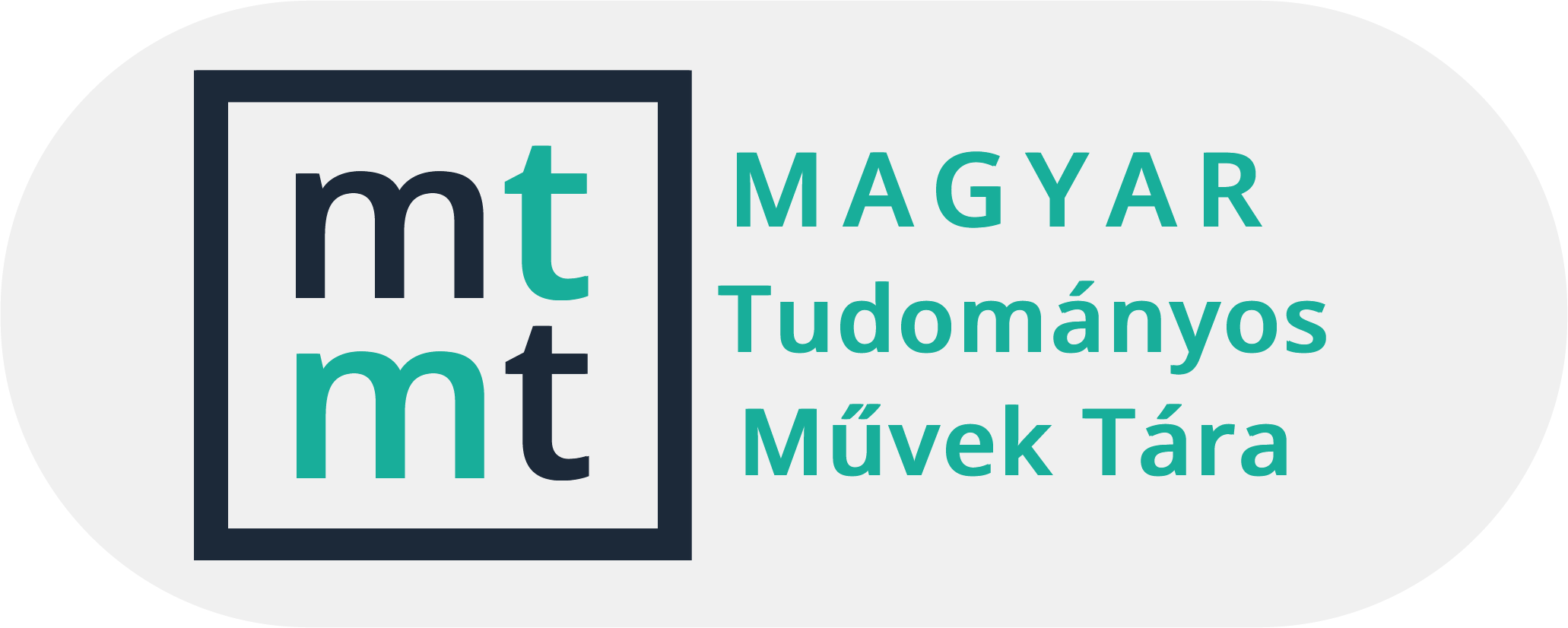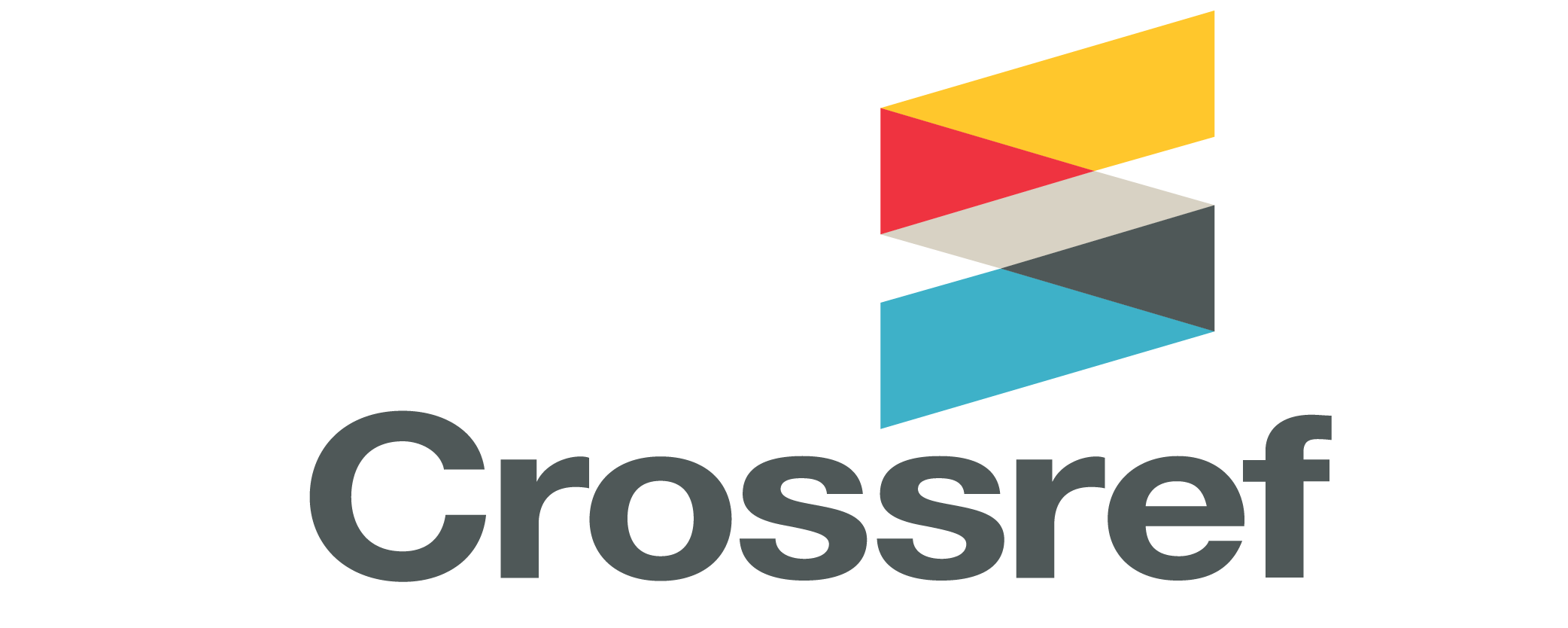Morphological characterization of shallot (Allium cepa L. var. aggregatum) segregating populations obtained from natural-outcrossing in Ethiopial-outcrossing in Ethiopia
Authors
View
Keywords
License
Copyright (c) 2024 International Journal of Horticultural Science

This work is licensed under a Creative Commons Attribution 4.0 International License.
This is an open access article distributed under the terms of the Creative Commons Attribution License (CC BY 4.0), which permits unrestricted use, distribution, and reproduction in any medium, provided the original author and source are credited.
How To Cite
Abstract
Shallot is a vegetable and condiment crop widely used in Ethiopia and globally. However, absence of improved and adaptable varieties has been the major cause of low productivity. Narrow genetic base of local shallot germplasm owing to vegetative reproduction of the crop, among others, has been the root cause of low productivity. Nevertheless, some plants within the germplasm were observed bolting and producing viable seeds, presenting an opportunity for genetic diversification. Consequently, a germplasm enhancement program was initiated using these naturally outcrossing genotypes where about eighty-one genotypes were generated. The present study was thus undertaken with the objective of characterizing, classifying, and selecting the eighty-one genotypes for future breeding activities. The genotypes were planted in 9x9 simple lattice design with two replications at Debre Zeit Agricultural Research Center (Ethiopia) during the dry (irrigated) season of 2021. The genotypes were evaluated for fifteen growth, yield, and quality traits. Significant variations were observed among the genotypes in terms of bulb yield, bulb height and diameter, total soluble solids, bolting percentage, and bulb skin color. Bulb yield of the genotypes ranged from 31.33 t/ha in DZSHT-79-1A to 9.63 t//ha in DZSHT-45-1A-1. DZSHT-51-2 (207.93 g) was the highest yielder per plant whereas DZSHT-065-6/90 (74.51 g) was the lowest yielder. DZSHT-14-2-1/90 had the thickest bulb (44.69 mm) significantly thicker than twenty two genotypes which had bulb diameter ranging from 28.92 mm to 20.29 mm. DZSHT-81-1/90 was a genotype with the longest bulb height (52.33 mm) while DZSHT-147-1C was a genotype with the shortest bulb (33.12 mm). DZSHT-307-1/90 had the highest TSS (16.78°Brix) significantly differing from DZSHT-002/07 which had the lowest TSS (11.17 °Brix). Dry matter of the genotypes ranged from 12.00% to 22.79%. DZSHT-004/07, DZSHT-111-2-1, DZSHT-41-2B and DZSHT-72-2 had DM% greater than 20% which coupled with greater than 14 °Brix could make them suitable for dehydrated shallots. Among the 81 genotypes characterized 4 (4.9%), 7 (8.6%), 13 (16.1%), 28 (34.6%) and 29 (35.8%) were yellow, golden, light red, red and dark red in colour, respectively. Fifteen of the genotypes had at least 50% bolting plants whereas twenty nine of the genotypes had less than 25% bolting. The results revealed that seven principal components explained approximately 76% of the observed variation. Cluster analysis grouped the genotypes into seven clusters, with the majority falling into three clusters. The study successfully identified genotypes with diverse and important traits and availed both the genotypes and the information for future breeding programs. These genotypes could be used for the development of improved hybrid and open pollinated shallot varieties with higher yield, quality and pest resistance/tolerance attributes.
References
- Arifin, N. S., Miyajima, I., Okubo, H. (1999): Variation of pigments in the bulbs of shallot (Allium cepa L. var. ascalonicum) and Allium × wakegi. Journal of Faculty of Agriculture. 43(3.4): 303–308.
- Awale, D., Sentayehu, A., Getachew, T. (2011): Genetic variability and association of bulb yield and related traits in shallots (Allium cepa L. var. aggregatum) in Ethiopia. International Journal of Agricultural Research. 6(7): 517–536. https://doi.org/10.3923/ijar.2011.
- Blashfield, R. K, Aldenderfer, M. S. (1988): The methods and problems of cluster analysis. In: Nesselroade JR, Cattell RB, eds. Handbook of Multivariate Experimental Psychology. Boston, MA: Springer. 447-473. http://doi.org/10.1007/978-1-4613-0893-5-14.
- Brickell, C. D., Alexander, C., Cubey, J. J., David, J. C., Hoffman, M. H., Malécot, A. (2016): International code of nomenclature for cultivated plants (ICNCP or Cultivated Plant Code). Leuven International Society for Horticultural Science. 9th edn. Scripta Horticulture. Number 18.
- Cabral, P. D. S., Soares, T. C. B., Goncalves, L. S. A., Amaral, A. T., Jr, Lima, A. B. P., Rodrigues, R., Mata, F. P. (2010): Quantification of the diversity among common bean accessions using Ward MLM strategy. Brazilian Journal of Agricultural Research. 45(10): 1124–1132. https://doi.org/10.1590/S0100-204X2010001000011.
- Central Statistical Agency (CSA). (2018): Agricultural Sample Survey. The Federal Democratic Republic of Ethiopia. Addis Ababa, Ethiopia.
- Debre Zeit Agricultural Research Centre (DZARC). (2008): Annual Research Report, Debre Zeit, Ethiopia.
- Diriba, S. G., Nigussie, D. R., Kebede, W. , Getachew, T., Sharma, J. J. (2013): Growth and nutrients content and uptake of garlic (Allium sativum L.) as influenced by different types of fertilizers and soils. Science, Technology and Arts Research Journal 2(3): 35-50. http://dx.doi.org/10.4314%2Fstar.v2i3.98727.
- Farid, N., Sugiharto, A. N., Herison, C., Purwito, A., Sutjahjo, S. H. (2012): Analysis of combining ability, heterosis effect and heritability estimate of yield-related characters in shallot (Alium cepa L. var. ascalonicum Baker). Agrivita. 34 (1): 36-43.
- Fasika, S., Hailu, T., Kebede, W.T. (2008): Genetic variability studies in Ethiopian shallot (Allium cepa L. var. ascalonicum Backer) genotypes. East African Journal of Sciences. 2 (2): 130-134.
- Food and Agriculture Organization (FAOSTAT). 2018: Corporate Statistical Database. http://www.fao.org/faostat/en/#data/QC/visualize
- Fritsch, R. M., Friesen, N. (2002): Evolution, domestication and taxonomy. In: Rabinowitch HD, & Currah L, eds. Allium crop science: recent advances. Wallingford: CABI, 5-30.
- Gabriel, K. R. (1971): The biplot graphic display of matrices with application to principal componenet analysis. Biometrika. 58: 453-467.
- Getachew, T. (2004): Manuplation of flowering for seed production of shallot (Allium Cepa L. var. ascalonicum Backer). Hannover, Germany: Hannover, University, PhD dissertation.
- Getachew, T. (2018): Development of seed propagated shallot (Allium cepa L var. aggregatum) varieties in Ethiopia. Scientia Horticulturae. 240: 89–93.
- Getachew, T., Asfaw, Z. (2000): Achievements in shallot and garlic research. Research report. Number 38, Ethiopian Agricultural Research Organization, EARO, Addis Ababa, Ethiopia.
- Getachew, T., Eshetu, D., Tebikew, D. (2008): Shallot and garlic production guide (Amharic). Ethiopian Institute of Agricultural Research. Addis Ababa, Ethiopia.
- Getachew, T., Gizachew, A., Fekadu, G.T., Fasil, T., Yenenesh, A., Desta, F. (2022): Genetic diversity of shallot (Allium cepa L. var. aggregatum) segregating populations from Ethiopia using multivariate analysis. Ethiopian Journal of Crop Sciences. 1(10): 67-80.
- Getahun, D., Zelleke, A., Derso, E., Kiflu, E. (2003): Storability of shallot cultivars (Allium cepa L. var. ascalonicum Backer) at Dere Zeit, Ethiopia. Acta Hortic. 604, 639-646 https://doi.org/10.17660/ActaHortic. 2003.604.78.
- Hanci, F., Gokce, A. F. (2016): Genetic diversity evaluations in Turkish onion (Allium cepa L.) genotypes: Principal component analyses (PCA) for breeding strategies. Acta Horticulture. 1143: 227-234.
- Hasanah, Y., Mawarni, L., Hanum, H., Lestami, A. (2022): Genetic diversity of shallots (Allium ascalonicum L.) from several locations in North Sumatra, Indonesia based on RAPD markers. Biodiversitas. 23(5): 2405-2410.
- International Plant Genetic Resources Institute (IPGRI). (2001): Descriptors of Allium spp, Rome.
- Ita A, Pratiwi, EA, Awang, M., Sobir, H. H. (2016): Collection and characterization of shallot germplasm in effort to support national food security. Proceeding International Seminar on Tropical Horticulture: The Future of Tropical Horticulture. IPS International Convention Centre, Bogor, Indonesia, 28-29..
- Josipa, P., Nikola, M., Dean, B., Danko, C., Smiljana, G.B. (2021): Shallot species and subtypes
- discrimination based on morphology descriptors. Plants. 10 (60): 1-17. https://doi.org/10.3390/plants10010060.
- Levenstien, M. A., Yang, Y., Ott, J. (2003): Statistical significance for hierarchical clustering in genetic association and microarray expression studies. BMC Bioinformatics. 11 (4): 62. https://doi.org/10.1186/1471-2105-4-62
- Major, N., Goreta, B. S., Urlic, B., Ban, D., Dumicic, G., Perković, J. (2018): Morphological and biological diversity of shallot landraces preserved along the Croatian coast. Frontier in Plant Sciences. 9, 1749.
- Ministry of Agriculture and Natural Resource (MoANR). (2019): Plant variety release, protection and seed quality control directorate. Crop Variety Register. 22: 1-393.
- Minitab, L. L. C. (2020): Minitab 19 Statistical Software. https:// www.minitab.com.
- Placide, R., Shimelis, H., Laing, M., Gahakwa, D. (2015): Application of principal component analysis to yield and yield related traits to identify sweet potato breeding parents. Journal of Tropical Agriculture. 92 (1): 1-15.
- Rabinowitch, H. D., Kamenetsky, R. (2002): Shallot (Allium cepa L aggregatum group). In: Rabinowitch & Currah, eds. Allium Crop Science: Recent Advances, Wallingford: CABI, 409-430.
- Ravindra, D., Amrender, K., Anil, K. (2019): Genetic variability, heritability, and diversity analysis studies in short day tropical onion (Allium cepa L.). Indian Journal of Agricultural Science. 88(6): 948-957.
- Simon, P.W. (1995): Genetic analysis of pungency and soluble solids in long-storage onions. Euphytica. 82: 1-8.
- Singh, S. R., Lal, S., Ahmed, N., Srivastava, K. K., Kumar, D., Jan, N., Amin, A., Malik, A. R. (2013): Determination of genetic diversity in onion (Allium cepa L.) using the multivariate analysis under long day conditions. African Journal of Biotechnology. 7(20): 599-606.
- Wassu, M., Kebede, W. T., Bekele, K. (2018): Registration of a new “Improved Huruta” shallot variety with true seed production potential. East African Journal of Sciences. 12: 77-82.
 https://doi.org/10.31421/ijhs/30/2024/13228
https://doi.org/10.31421/ijhs/30/2024/13228










